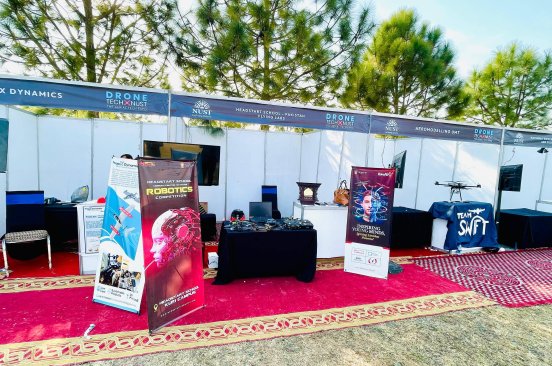
Zambia Flying Labs Is Building Low-Cost Cargo Delivery Drones
Zambia Flying Labs hosts a knowledge-sharing webinar, sharing valuable tips from their experience on how to build low-cost, high-performing fixed-wing drones.
May 23rd, 2022
A few years back, Chitula and Kelvin from Zambia Flying Labs came across a project by WeRobotics on repurposing other kinds of industrial drones into Cargo drones for delivery. This solution was not only brilliant and possibly a first of its kind but also inspired Kelvin and Chitula from Zambia Flying Labs to embark on a similar research project to build low-cost cargo delivery drones.
Why was this project necessary, and what problem does it solve? The current problem with cargo drones is that many are too expensive and complicated to use. Some can only do one-way deliveries, and others are still early prototypes. In addition, some cargo drone companies only focus on areas with large populations to ensure a profit. This means that smaller, more dispersed populations do not benefit from aerial deliveries, and smaller organizations, particularly in the Global South, may not be able to afford some cargo drones due to the high cost.
To respond to the above challenges, the team at Zambia Flying Labs, driven by the need to provide affordable drone solutions to professionals in the Global South, embarked on a research project, addressing the challenge from a local context point of view, particularly for rural areas and in the context for health delivery.
On May 3, 2022, Chitula and Kelvin hosted a knowledge-sharing webinar with Flying Labs and external participants to address some of the above issues, sharing valuable tips from their experience on how to build low-cost, high-performing fixed-wing drones that could be used for different applications such as drone delivery of goods and large-scale mapping.
The team embarked on creating a low-cost, high-performance fixed-wing-based platform for cargo delivery on a small budget. They considered four critical components to execute their project: public safety, platform performance, regulations (consideration of the use of open-source software and the local laws within your country), and flexibility-different loads capacity.
On drone safety as a core component in repurposing drones:
“If you decide to build your own drone, safety is something you should not neglect. I strongly believe that as Flying Labs’ members, we should champion the use of safe drones in our respective countries. It only takes one mistake and you find that there’s a change in policy and this affects other drone users and disrupts many aspects of social good projects that rely on drone usage,” Chitula said.
Having deeply considered the above key factors, the team purchased components to build low-cost delivery drones. Their project is still in the beta phase, and they are working closely with Zambia’s Civil Aviation Authority. Still, it has been designed to achieve about 95 minutes of flight time when using high-capacity batteries covering a 20- 60 kilometers delivery range with no payload.
The experience on this project has been an interesting learning curve for the team of Zambia Flying Labs, and they are happy to collaborate with other Flying Labs and organizations to build a low-cost high, performing fixed-wing drone without breaking the bank.
Watch the full webinar to get the full scoop on Zambia Flying Labs’ Project.
Category(s)
Recent Articles
View All »

Team Cameroon's Road to Victory at the First Global Robotics Competition 2025
